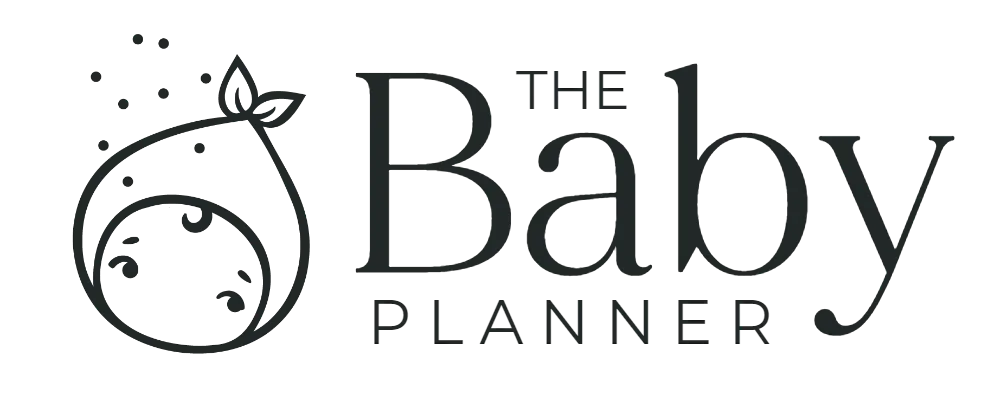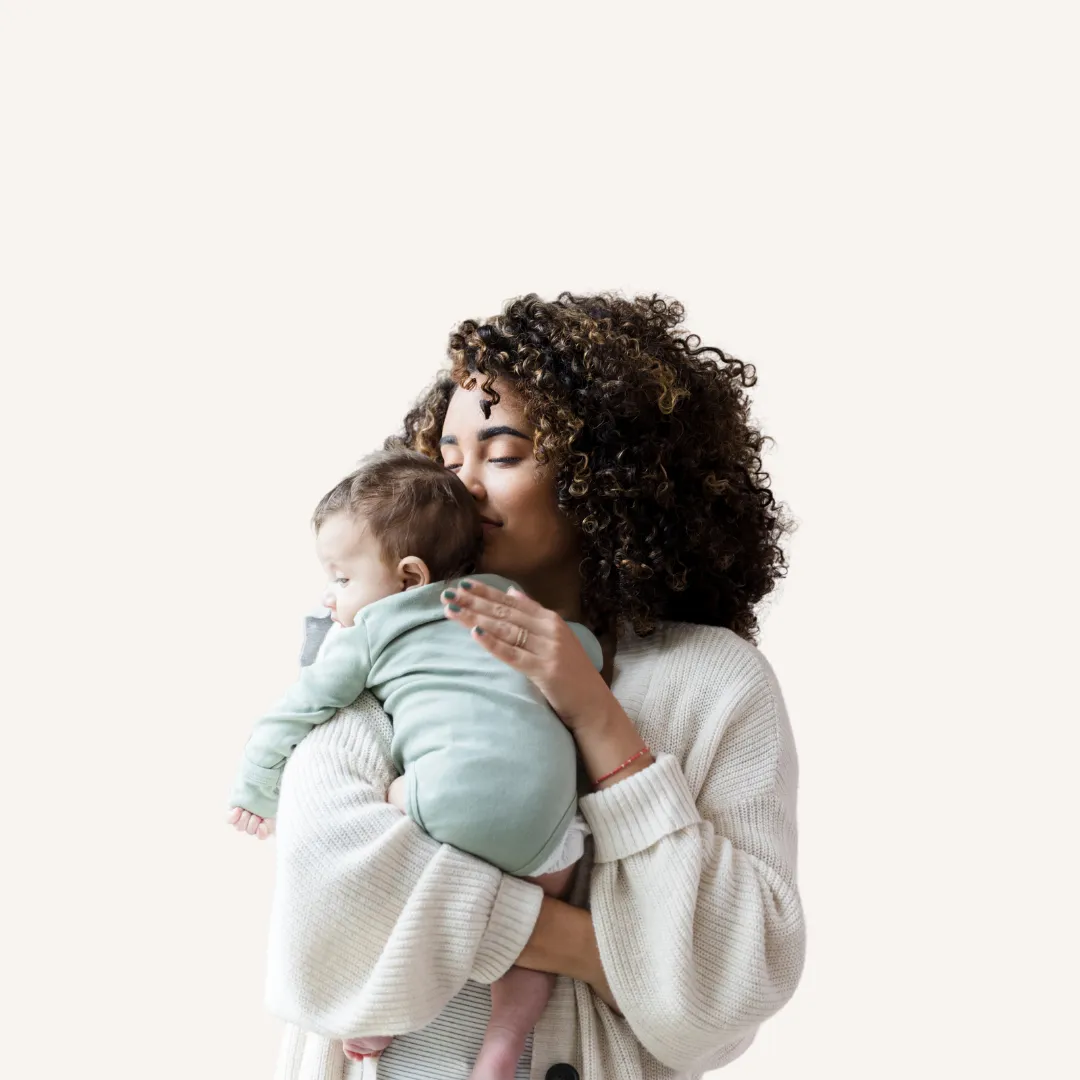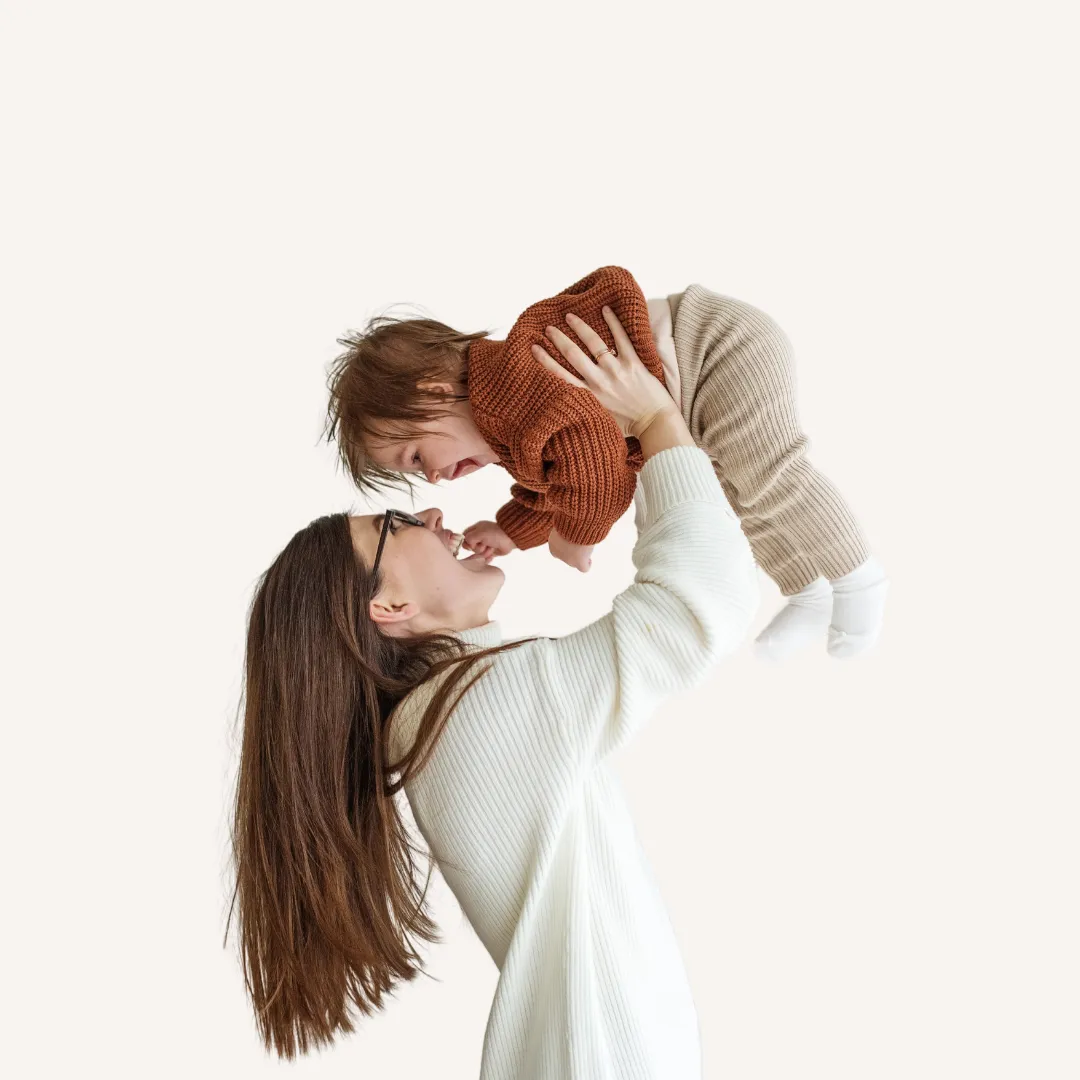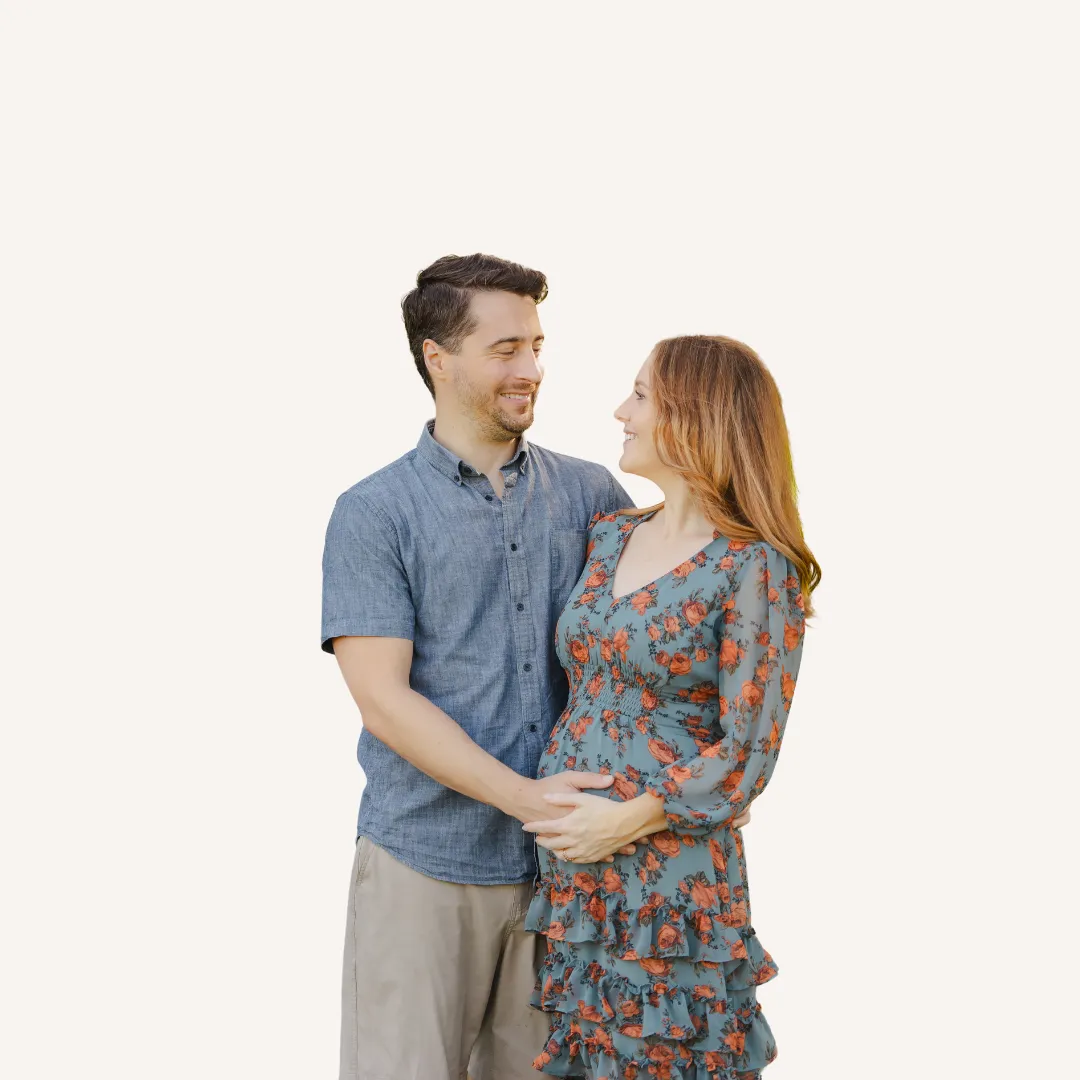How to Organize your Home for a Newborn
Preparing your home for a newborn can be a daunting task but we have got your back in this complete guide to preparing your home for a baby. Our goal here is to make sure your transition from birth to home is as smooth and calm as possible and you have everything you need on hand when your baby arrives. The best way to do this is to follow a process and set up key stations to make it as easy as possible. This can all be done in phases or we can wait until after your baby shower and do it all at once. We hope this guide helps you feel prepared to bring your baby home to a comfortable and organized environment and gets you ready by 36 weeks. However, if you still feel like you need support with your baby registry, postpartum planning, or finding that work life balance, please check out our Baby Planning Services for more support!
1: Unpack, Assemble, and Clean
Unpack: Begin to unpack everything baby-related. Remove all packaging and remove all tags. If the item is something you think you may sell, later on, you can store the packaging in another place. If you plan to keep the packaging, put it somewhere out of sight like a closet, basement, or garage to remove clutter and create a clear workspace to organize.
Wash All Clothing and Linens: Wash all baby clothing, bibs, sheets, swaddles, anything fabric that may touch a baby’s skin. Use any kind of all-natural, free, and clear detergent - preferably something that is unscented (not Dreft). Detergent does not have to be “baby” detergent.
Sanitize all Bottles, Pacifiers, Teethers, and Pump Parts: Anything that will go in a baby’s mouth or touch formula or breastmilk needs to be sanitized. Check the instruction label but most items can be boiled to sanitize or put in a microwave sanitizing bag.
Wipe down the rest: Wipe down any toys/surfaces, etc that cannot go in the laundry or dishwasher with alcohol wipes to sanitize.
Assemble: go ahead and put together anything that needs assembly that you think you may use in the first 3 months (crib, bouncer, swing, stroller, car seat, etc.). Anything that will be used after the first 3 months (like a high chair, spoons and bowls) can wait or be stored until it’s needed.
2. Make logical groupings
Once everything is clean and sanitized, start to group similar items together. This doesn’t have to be organized yet, we just want groupings or even piles of like items together. Logical groupings could look like this:
Clothing: footies, onesies, socks, hats, outfits, shoes
Linens: sheets, swaddles, blankets, carriers
Feeding Supplies: bottles, pacifiers, teether, bottle warmer, drying rack
Pumping/Breastfeeding Supplies: pump and pump parts, nipple butter, nursing pillow
Postpartum Supplies: pads, perineal spray, peri bottles, medicine
Diapering Supplies: diapers, wipes, diaper creams
Play: toys, stuffed animals, books, playmats
Travel Gear: stroller, pack n’ play, diaper bag
3. Assess, organize, and create stations
Once everything is in its logical groups, assess each item to determine its final location. Here are some guides by item type.
Clothing:
Group by size: 0-3 months, 3-6 months, etc. newborn is a different size from 0-3 month. If you expect a smaller baby, some newborn clothing will be good. But most babies grow out of them fairly quickly. Some larger babies may never fit into the newborn size.
Assess each size for seasonal use: Unfortunately, you may be gifted items that may not be seasonally appropriate for your baby’s age. Assess if the clothing for each size group will fit the season. If your baby is due in the Fall/Winter then you may want your 0-3 month clothing to be fit for cooler weather (but layers are good so it’s ok to keep short sleeves). If you are having a Summer baby then you may be able to return/sell/donate any 0-3 month jackets or sweaters depending on where you live. Anything that is not a seasonal fit for a baby’s age should go in a pile and you can determine its final destination.
Separate into daily vs. occasional use: in each size category. You will have clothing you will use every day (like footies, onesies, casual clothing) and some you will only put on baby occasionally (like cute/fancy outfits).
Fold, hang and put away: Put 0-3 month, daily use clothing in a place you can easily get to like the top or second row of drawers. The fancier 0-3 month clothing can go in a separate drawer or hung in a closet. What works for most families is a drawer per size and then all fancier/occasion clothes hanging in the closet.
Accessories: store socks, cloth bibs, hats, tights, bows, etc in a drawer or basket together. Socks don’t stay on newborn babies very well so we don’t recommend them until the baby is standing/walking - the booties with the snaps like Zutanos stay on better or just keep them in footie PJs.
We recommend folding baby clothes KonMari style so you can easily see everything in the drawer:

You can also make or buy hanging tags to organize clothes in the baby’s closet by size:
We have a pre-birth virtual home walkthrough available as part of our baby planning services if you’d like a final check of support before your due date!
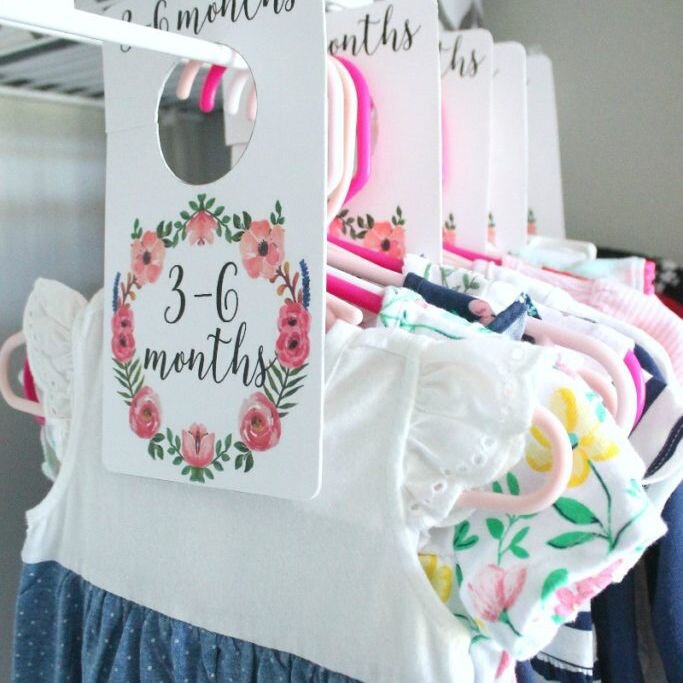
Linens
Sheets: Go ahead and put a clean sheet on the crib/bassinet mattresses. If your mattress is not waterproof, put a waterproof mattress liner under the sheet for easy clean-up in the night.
Store any additional sheets in an easy-to-access place like a drawer, closet, or basket under the crib.
We recommend having 3 fitted sheets for the crib, 3 for the bassinet, and 1-2 for the pack n’ play - all of these will be different sizes.
You will most likely need to change the baby’s sheet 2-3 times a week at the beginning (babies are messy!) and less often as they get older. We recommend changing the baby’s sheet at least once a week.
Swaddles: We recommend having 2-3 swaddles. Pack 1 swaddle in the hospital bag and have the others readily available as these get messy easily.
Blankets: you only need 1 baby blanket to put over the baby on walks in the stroller or in the car seat when it’s cold outside.
Do not put a blanket on your baby in the crib or bassinet.
These are a common gift at baby showers so you probably have more than you need. You can save the others for when your baby is in a toddler bed or use them for tummy time or safe snuggles.
Diapering
Group disposable diapers by size: you will use N (newborn) and size 1 diapers first. Your baby will probably grow out of the newborn diapers pretty quickly depending on their size and how chunky their legs are. Each package of diapers should have a guide on the weight your baby will be in that size - but it’s usually time to size up if you are experiencing blowouts more than twice a week and/or the diaper seems tight on the baby’s legs.
Set up diaper stations: set up diaper stations around your home in any room you will be frequenting often with your baby - this is usually the nursery, your bedroom, and the living room. You can also keep a diaper station in your car for short trips when you don’t want to pack a diaper bag. If you have a smaller home, you may be fine with just one station. For any area that does not have a dedicated changing table, you can use a diaper caddy or any type of bin/basket to store these items.
Store backstock: Store backstock (any extras) of diapers, creams, wipes in an easy-to-access location like the nursery closet or an unused drawer of your baby’s dresser. Your baby will go through as many as 10 diapers a day and a lot of wipes so it is essential to have these in an easy-to-access place so you can keep your diaper stations stocked.
Pro tip: every baby is sized differently and some will grow out of sizes quicker than others - so to save from having too many of one size, ask your friends & family to give you wipes instead of diapers (since they don’t grow out of those) or gift cards to target/amazon/honest or your local grocery store to buy diapers as you need them.
Here’s what a typical diaper caddy may look like:

Feeding
You will spend a lot of time feeding your baby, especially in the beginning. So it is important to get these stations ready to go before your baby arrives home.
Breastfeeding & Pumping Station
Breastfeeding is a full-time job and each feeding session can take as long as 30-45 minutes or more in the beginning. So mom will be often stuck in one place for long periods of the day.
For breastfeeding, we recommend getting a tray or caddy to keep near mom that can easily be moved around the house to anywhere she is feeding the baby. In this station, we recommend keeping the basics of what you will need while you are breastfeeding and/or pumping because you will most likely be stuck in that place for about 20-45 minutes.
Pro tip: make sure everything you need is at the station before you sit down to feed your baby. Even if the baby is getting fussy it will save you having to holler at your partner or being stuck with a dead phone, hungry, bored, etc.
Bottle & Pump Cleaning Station
If you live in a 1 story home then this will most likely be in the kitchen. For those in a 2 story home with the bedrooms upstairs you may want to also consider a second station in the baby’s bathroom or the master bathroom.
Scrub Brushes of varying sizes (keep all of the cleaning elements that come with your bottles and pump parts or get the pack pictured below that should work for all)
All-natural dish soap
Drying Rack/Pad/Towel
Bottle Warmer (optional)
Designate a drawer or cabinet in your kitchen to store baby things like clean bottles - eventually, you will need space for baby plates, bowls, spoons, forks, sippy cups, etc. It’s great to put this in a place where they can reach themselves when they get older.
Bathing, Grooming, & Health
We can keep bathing and grooming simple in the beginning. Your baby will not need a full bath until their umbilical cord naturally falls off. Until then we can do a light sponge bath or no bath at all until that happens. Decide if you will bathe the baby in the tub or the sink and set up basic grooming supplies there. Medicines & other health supplies like nose bulbs, boogie wipes, sunscreen(after 6 months), etc can be stored in the baby’s bathroom or with the other household medicines.
Sleep
Your newborn will probably sleep in many different places in the beginning. Newborns have a wonderful ability to sleep through loud noises and in bright rooms. Nevertheless, it’s important to make sure all sleep surfaces are safe and we are creating the right habits and routines from the beginning. Getting a few different sleep surfaces ready will be good before the baby arrives to have options. These are most typically a crib, a bassinet, a lounger, and being worn/held.
Hospital Bag
See our hospital bag checklist - hospital packing list
Travel
I recommend having your stroller and baby carriers all ready to go for when the baby arrives home. These will most likely be used very often as walks and trips to the doctor are common activities in the beginning. Strollers and car seats should come with a newborn insert so tiny babies are snug. Bonus points if you have a stroller with the bassinet attachment for the safest/flat surface for the baby to sleep on walks.
Pro tip: Always bring a carrier/wrap and a pacifier with you on walks in case the baby gets fussy and prefers to be held. For extra convenience, attach a cup holder and a phone holder to the stroller for hands-free strolling.
Make sure your car seat is installed correctly before you go to the hospital or birth center.
Postpartum Stations
The postpartum period for the birthing parent can be painful and difficult so we want to make sure we have all of the essentials ready for her whenever she needs them.
Store postpartum hygiene essentials stations in every bathroom of your house that mom could ever go in. You don’t want to be stuck not having these available when you go.
In each bathroom you should have:
Pads
1 extra pair of Postpartum Underwear
Trashcans with bags and lids - change these often (daily in the beginning) to reduce any smell
Baby Wipes - for an easier, more comfortable clean up if needed (don’t flush these)
Peri-bottles
Perineal Spray
Toys & Books
Toys: Your baby probably won't be engaged in toys much in the first 3 months so store the toys until they are a little older and can really engage in them. Your baby will mostly want to eat and sleep and as they get a little older they will need some tummy time and will love to just hear you talk to them.
Books: separate the board books from the books with thin paper pages. Select the board books with simple words and high-contrast images to read at first. We recommend board books until at least 18 months old when babies start to have better motor skills to turn the pages. We recommend reading to your baby every day both in the daytime and before bed.
Hopefully, these steps and tips help you to prepare your home appropriately for your baby and ensure a smooth transition from birth to home for everyone in the family! For expecting parents in the Atlanta area, check out our Nursery Organization Services for white-glove support to get your home ready for a baby.
